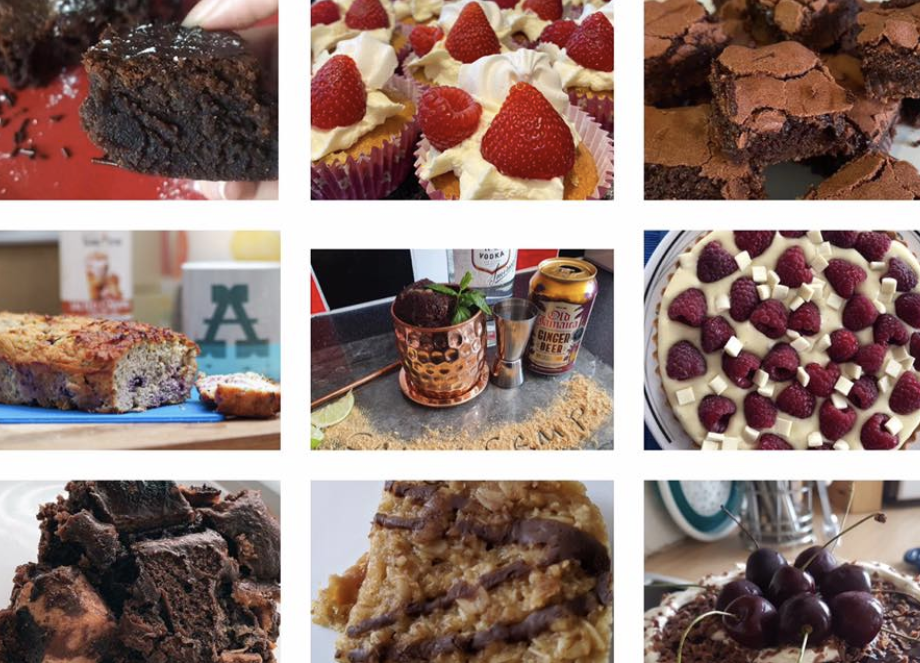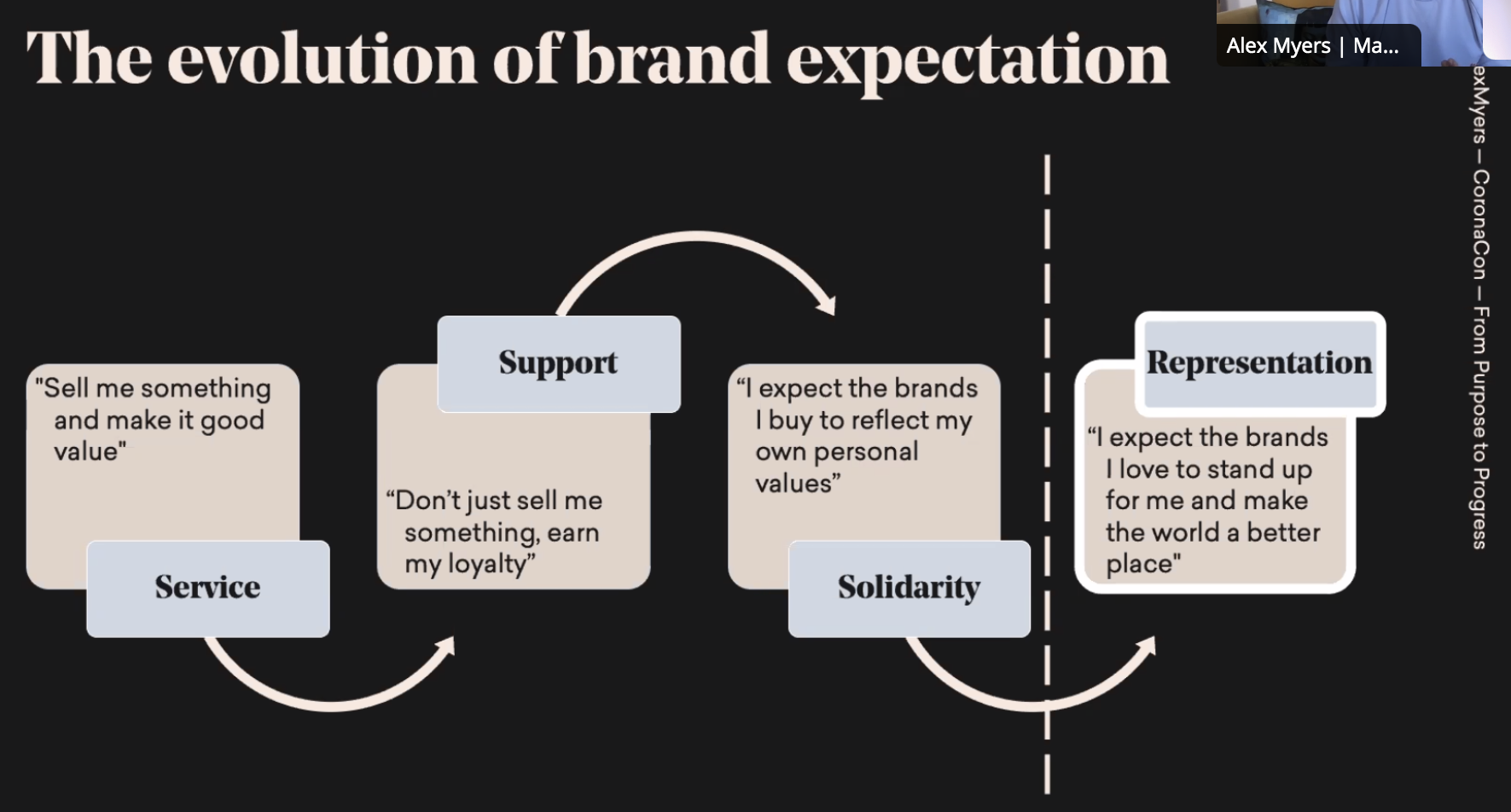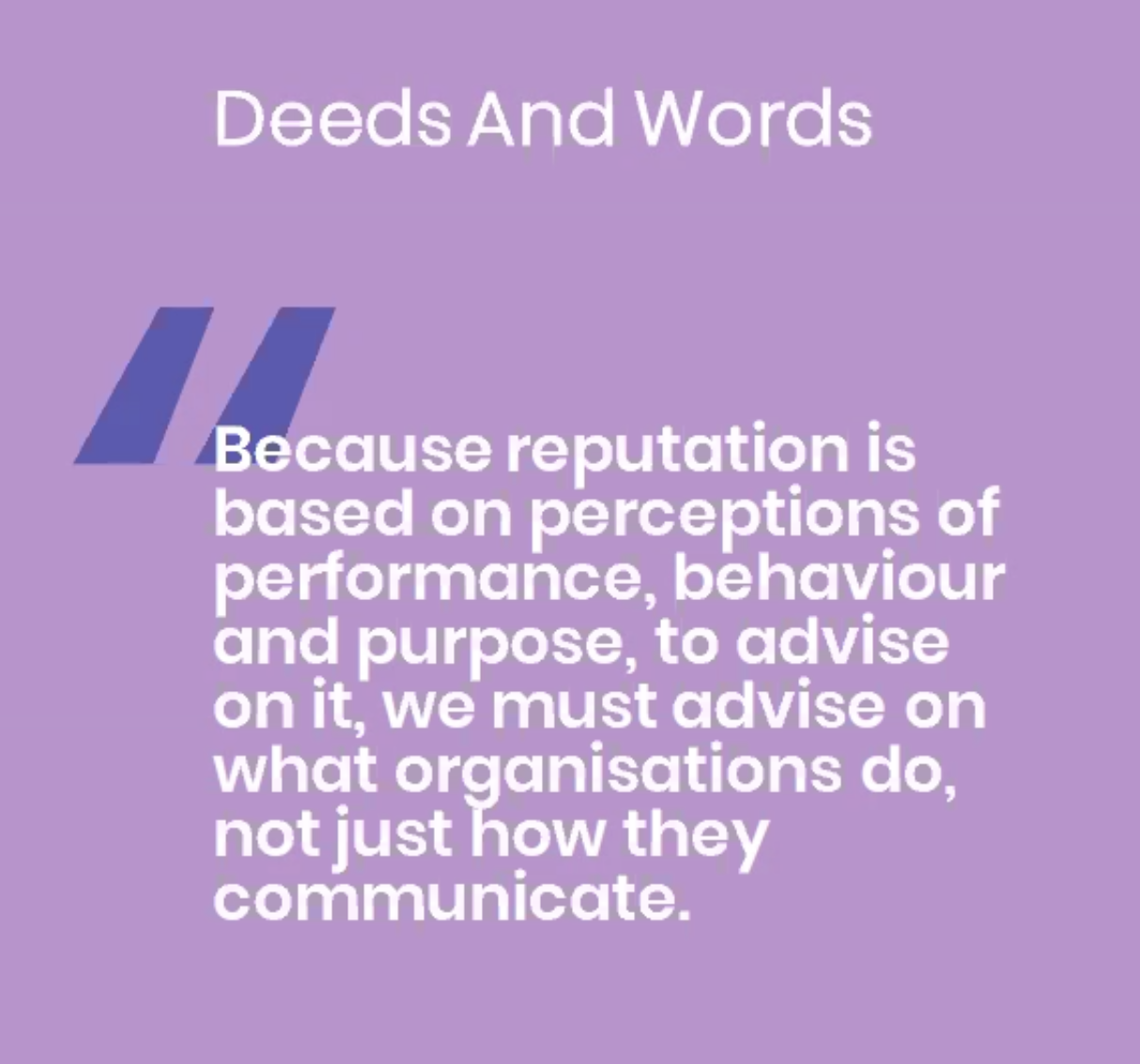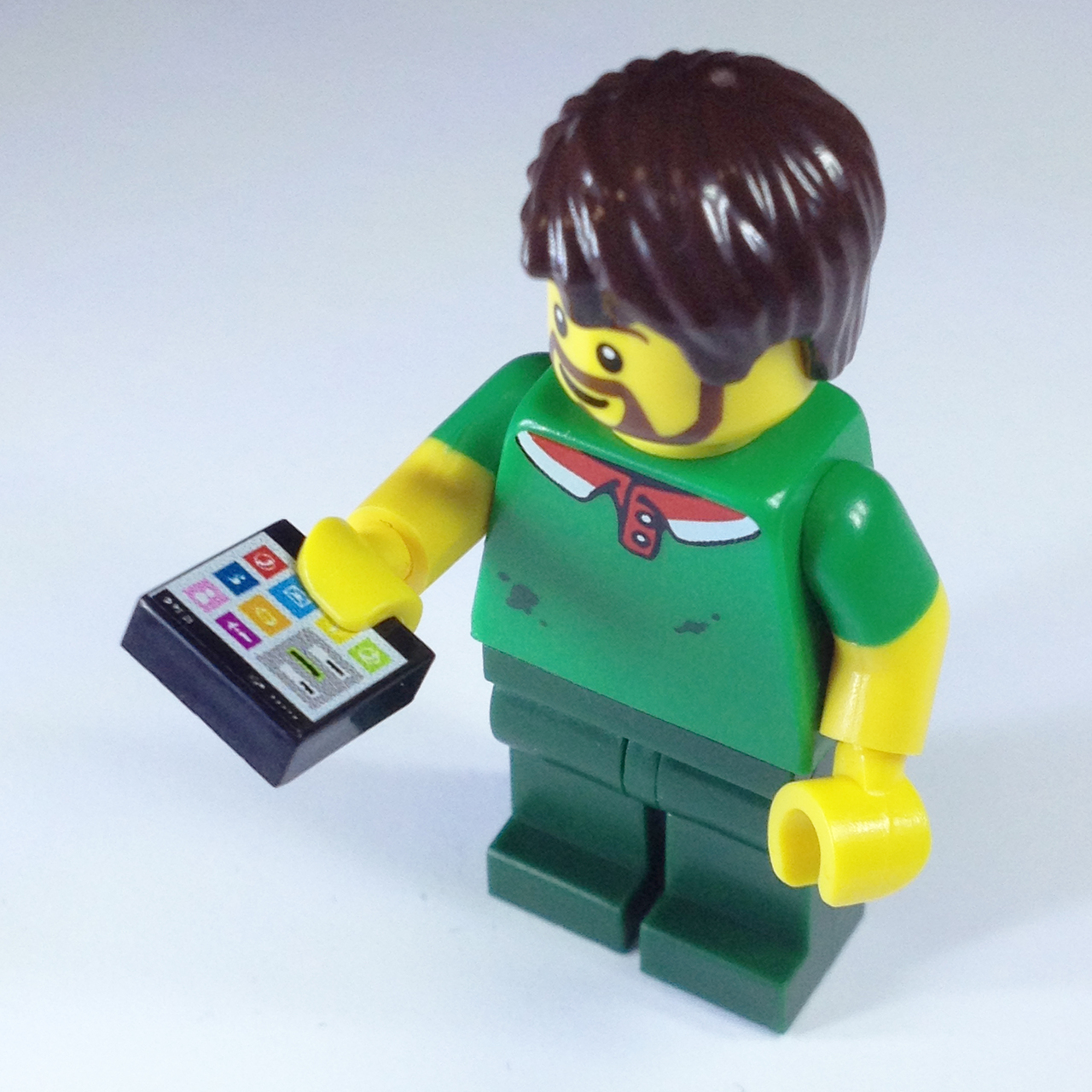There just aren’t enough foster carers
At any one time more than 55,000 children and young people in the UK are being fostered, but according to the Fostering Network there’s a current shortfall of around 7,500 fostering places. And the number of people applying to be a foster carer is falling; just 9,740 in 2018/19, down from 10,540 the previous year (Gov.uk and Ofsted Feb 2020).
I spent most of this project in awe of the foster carers that I spoke to and met. Their stories were genuinely inspiring but they often shocked me too, and made me sad. It gave me added motivation to nail the brief.
Read around the subject for a fresh take
The research element of communications planning and delivery has always been one of my favourite parts of the job. I’m a vociferous reader, and a nosey so-and-so, and want to know absolutely everything about a topic I’m working on.
And it’s not just information directly related to a subject I’ll read. I’ll dig around for anything to get a flavour - books, news, social media, videos, blog posts. The connections between what I consume and the subject matter of my projects may not be immediately apparent. I’ll go for total immersion and things often slot into place later and give me a fresh take on my thinking. One of my favourite books to dip into for new ideas is A History of the World in 100 objects. This is nothing new of course. As Dave Trott, author of the creative thinking book, ‘One + One = Three’, says:
“The more varied the input, the more unexpected the combinations, the more creative the ideas”
So for this project I scoured web analytics, social media channels, council and government reports, newspaper articles, video interviews, national and regional fostering and adoption coverage, advertising from both local authorities and the private sector, and much more. I wanted to understand the barriers, risks, issues and opportunities in fostering. And I wanted to know as much as I could about the areas where the local authorities were.
Following on from this secondary research, the project needed primary research. This meant carrying out phone interviews with existing foster carers and social workers from the fostering teams.
This helped me develop the initial messaging I thought could be appropriate to recruit potential foster carers. A straw man for me to test during the focus groups and an opportunity for me to validate my research.
Research and review should be a thread through your work
Research and review is a continuous cycle, you don’t just do it at the start of the project. You read, write, test, refine, then write, test and refine again. Research and testing should be a thread through your work. And you don’t need to test with 100s of people if budget or time doesn’t allow. Some testing is better than no testing at all. It will still give you some insight.
I like the take of web usability expert, Steve Krug, in his classic (if a little dated) book ‘Don’t Make Me Think’. While what he has written applies to websites it’s still relevant to communications and testing your messaging or campaigns..
“If you watch three people try and use your website, you’re going to discover a great many of the most serious problems that currently exist. It just works. If you’ve ever sat and watched one of those tests from behind the two-way glass, you know that by the time you get to the fifth person, you see the same problems again and again. You’re getting diminishing returns.”
Running focus groups - listen, listen and listen again
The focus groups I ran across the South of England for the project were in a number of locations. The logistics were pretty important, making sure I could get from A to B in enough time to get ready, particularly as I was travelling during the storms which was an added complication. There was plenty I needed to consider in setting them up, and this applies to any focus group you may be running yourself. You’ll need:
A quiet room. Sometimes a coffee shop will do, but if you are straining to hear, and you can’t record properly, or you’re discussing a sensitive subject - like fostering - somewhere private is best.
A recording device; a smartphone will do. Make sure you have a spare battery pack and switch your phone to Airplane mode so it doesn’t ring halfway through your session.
To make sure you get permission to record all of your participants and follow Market Research Society guidelines.
To set clear ground rules before you start including switch off mobile phones, be respectful and allow others to speak,
A discussion guide. This should include a warm-up/ice-breaker, an opportunity to get overarching views, and a series of open questions. This will help ensure you get what you need out of your focus group and keep you focused. I like this recent example from Unicef on community engagement on the subject of Coronavirus.
A plan of the room with the names of the people who are sitting where at each place on the table. This will help you remember names quickly. And do use people’s names, it makes them feel listened to.
To listen. The role of a facilitator is to encourage discussion, not to contribute to it.
Listen some more.
And then reflect back what you’ve heard; both for understanding but also to show you are listening. And use their language. Don’t say ‘children’ if they’ve used ‘young people’.
Refreshments, but have them before, or after, the group. If you feed people during the session they’re less likely to be able to talk, which is not what you want!
It’s (not) all new to me
Sometimes your research won’t tell you anything new. This is fine. Confirming what you already know is still meaningful and worthwhile. Much of what I learnt from the initial telephone interviews with foster carers I’d already found out in my initial research. That was fine, it helped to know I was on the right track.
What I learnt from the focus groups was then used to further refine the original messaging I’d developed, and a series of recommendations from the project drafted. For client confidentiality I’m not going to share details here, apart from one finding, one that I always mention if it comes up in any project I work on, because it is so important.
Almost all foster carers, in both the phone interviews and focus groups, could not remember what they were told or had read before and during the fostering process, but they could remember how it made them feel.
Frustratingly, reflecting on whether the project was a success has been just about impossible. I presented the final report near the end of February, with councils then looking into how the findings could be used in their fostering recruitment. A few weeks later we were in lockdown, and the landscape for looked after children and fostering services, and how foster carers are recruited, has now changed beyond recognition.































